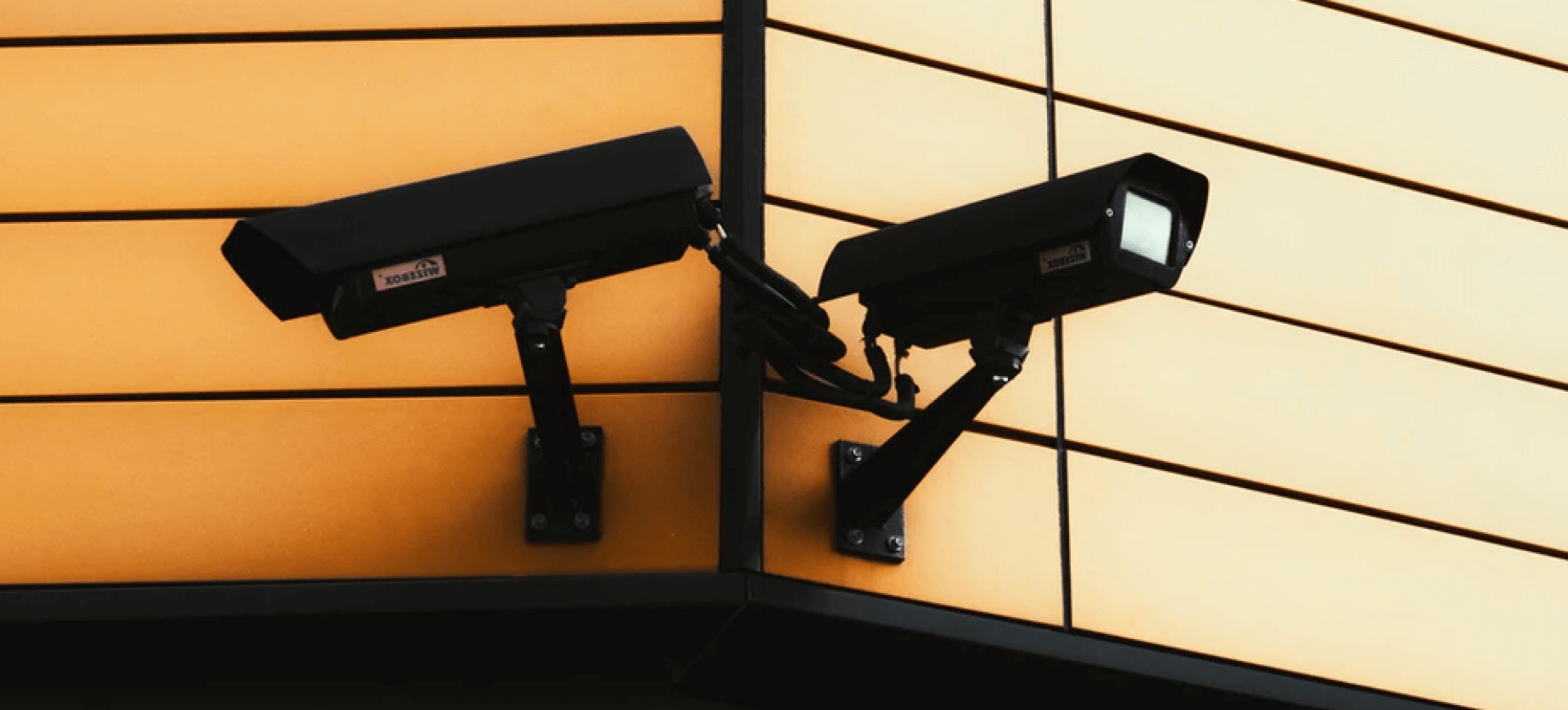
Andrea Nissen is trying to prepare her 65-year-old husband, who has Alzheimer’s disease, for a solo flight from Arizona to Oklahoma to visit family. She worries about travelers and airport officials misinterpreting his forgetfulness or habit of getting in people’s personal space, and feels guilty about not being able to accompany him. “People say, ‘He has dementia. You can’t let him go by himself,’” Nissen said. But attending a dementia-friendly travel workshop in July helped ease some of those fears. She learned about the resources available at Phoenix Sky Harbor International Airport and what assistance airlines can offer when asked. It was the first time the city of Phoenix hosted such a workshop, making it the latest U.S. city pledging to make flying friendlier for people with dementia. Over 14 million people are expected to check into airports nationwide for Labor Day weekend and, inevitably, some will be travelers with dementia or another cognitive impairment. Nearly a dozen airports — from Phoenix to Kansas City, Missouri — in the last few years have modified their facilities and operations to be more dementia-friendly, advocates say. They’ve added amenities like quiet rooms and a simulation center where travelers with dementia can learn about flying or get a refresher. Looking for a gate, trying to remember flight times or following terse commands from Transportation Security Administration agents while in line with others can overwhelm someone with dementia. Symptoms like forgetting words can be mistaken for being under the influence of alcohol or drugs. But most large U.S. airports are behind the curve on serving travelers with dementia when compared with some airports in Australia and Europe. Dementia isn’t covered by the Americans with Disabilities Act, so nobody is compelled by law to make changes, said Sara Barsel, a former special education teacher and founder of the Dementia-Friendly Airports Working Group, which lobbies for airports and airlines to enact dementia-inclusive policies. Part of the reason she suspects there aren’t more quiet rooms or family restrooms with adult changing tables is because that doesn’t generate revenue, she said. “I don’t know what their constraints are in terms of economics. I know what the impact is and the impact is that there’s less for people who need quiet spaces,” said Barsel, who is based in Roseville, Minnesota. The group, which was founded in 2018 by experts in dementia and Alzheimer’s, helped add lanyard and other programs to airports. London’s Gatwick Airport created the Hidden Disabilities Sunflower lanyard program in 2016, which is now in over 200 airports globally. Light green lanyards with a sunflower pattern are issued to anyone who wants to subtly indicate they or a travel companion has dementia or a not-as-visible disability. The lanyards let airport and airline personnel know the traveler may need more attention and information repeated. One of the first airports the group reached out to was the Missoula Montana Airport, which became certified as a “sensory inclusive” facility in March. The group went over issues that can arise with lighting, floor design and noise. It also incorporated the sunflower lanyards. “It’s already a high-stress, anxiety-driven environment for anyone not suffering from a hidden disability,” said airport Deputy Director Tim Damrow. “One reason people come here to Montana is for friendly people and obviously for the amazing scenery. We wanted […]
The post Some US Airports Strive To Make Flying More Inclusive For Those With Dementia appeared first on The Yeshiva World.
View Source: Read More












